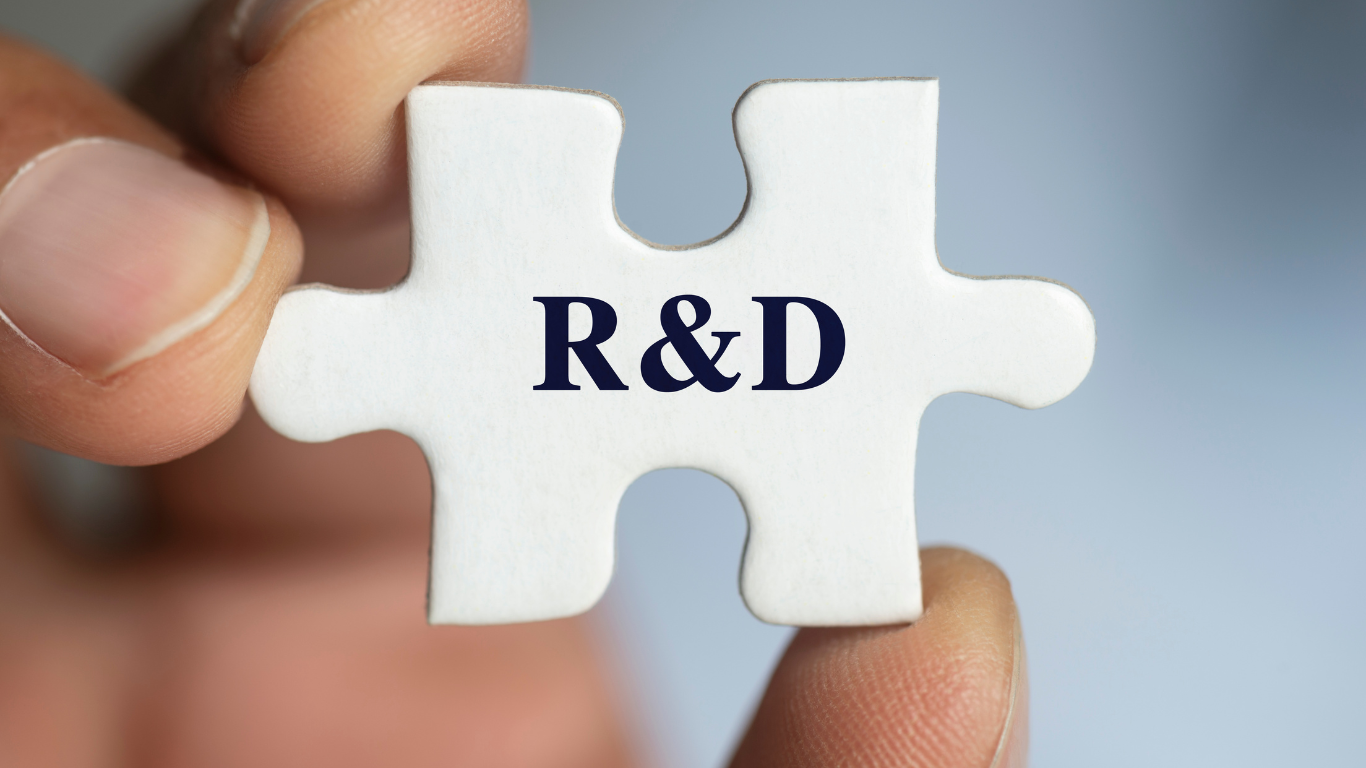The Research and Development Tax Credit or (R&D) Tax Credit is a tax incentive many countries, including the United States, provide to encourage businesses to invest in research and development activities. It allows eligible companies to offset their federal or state income tax liabilities by a certain percentage of the costs associated with qualifying research and development activities. The credit can provide significant savings for businesses that invest in developing new or improved products, processes, software, or technologies.
This blog post provides an overview of the Research and Development tax credit, benefits, and business eligibility criteria. It will also explore how companies can claim the credit, common misconceptions, and tips for maximizing the value of the credit. Finally, the post aims to educate and inform business owners, executives, and tax professionals about the R&D tax credit and its potential to help companies reduce their tax liability and invest in innovation.

What is Research and Development tax credit or (R&D) tax credit?
The research and development tax credit is a government incentive program that rewards businesses for investing in research and development activities.
Eligibility Criteria for Research and Development Tax Credit
To be eligible for the research and development tax credit, a business must meet specific criteria, including conducting research and development activities that involve developing new or improved products, processes, or software and incurring related expenses. The research must also be technical in nature and affect the resolution of technological uncertainty. Additionally, the business must be a taxpayer in the United States and subject to income tax.

Types of R&D Expenses That Qualify for Tax Credit
The types of R&D expenses that typically qualify for the research and development tax credit include costs related to developing new or improved products, processes, or software, as well as costs associated with testing, experimental activities, and certain types of employee wages and contractor payments. The expenses must be directly related to qualified research activities and meet specific criteria to be eligible for the credit.
What is Research and Development tax credit or (R&D) tax credit?
Reduction of Tax Liability
The R&D tax credit can reduce a company’s tax liability, which is the taxes owed to the government. By lowering its tax liability, a company can keep more of its profits, reinvest them back into the business, or use them for other purposes. The amount of tax credit a company can claim depends on various factors, such as the amount of qualifying R&D expenses and the company’s tax rate. In addition, companies can carry new research and development tax credits to future tax years.
Cash Refunds for Unused Credits
In some cases, businesses with unused R&D tax credits can receive cash refunds from the government. This is known as a refundable tax credit, and it allows companies to receive the benefit of the credit even if they do not owe enough in taxes to offset the credit. The availability of cash refunds varies depending on the specific state or federal program offering the credit.

Enhancement of Business Operations
Research and development tax credits can also enhance a business’s operations by providing financial support for research and development activities. This can help companies innovate, improve their products or services, and stay competitive. By investing in R&D, businesses can also increase their intellectual property portfolio and expand their market reach, leading to long-term growth and success.
Competitive Advantage
The research and development tax credit can provide a competitive advantage to businesses by allowing them to invest more in research and development, ultimately leading to innovation and the creation of new products or services. Credit can also help enterprises stay competitive by reducing the cost of their R&D activities, making it easier for them to keep up with competitors with larger R&D budgets.

What is Research and Development tax credit or (R&D) tax credit?
Required Documentation
To claim the research and development tax credit, businesses must maintain documentation supporting their R&D activities and expenses. This may include project descriptions, technical reports, payroll records, and other relevant documents demonstrating the nature of the research and the associated costs. It is essential to maintain detailed records and ensure that the documentation supports the claimed R&D expenses in case of an audit by the IRS.
Process for Claiming R&D Tax Credit
The process for claiming research and development tax credits varies depending on the country and the tax laws in place. However, in general, the process involves:
- Identifying eligible R&D activities and related expenses
- Gathering documentation to support the R&D activities and expenses
- Calculating the amount of tax credit available
- Filing the appropriate forms and schedules with the tax authority
- Working with the tax authority to review the claim and resolve any issues or questions
- You are receiving the tax credit either as a reduction in tax liability or as a cash refund, depending on the country’s tax laws and the company’s financial situation.
It is essential to consult with a tax professional or specialist to ensure all requirements are met and the claim is filed correctly.
Here are some tips for a successful R&D tax credit claim:
- Maintain detailed records. Keeping thorough and accurate records of all research and development activities and associated expenses is crucial for a successful R&D tax credit claim. This includes documentation of all research activities, costs, and employee time.
- Seek professional assistance: The research and development tax credit is complex. It is vital to seek professional assistance from a tax expert who is familiar with the praise and can help ensure you claim all eligible expenses.
- Understand the rules: It is crucial to understand the eligibility criteria and regulations associated with the research and development tax credit to ensure you claim all eligible expenses and activities.
- Maximize expenses: Look for ways to maximize your R&D expenses and activities, such as identifying eligible expenses or conducting more research activities.
- Keep up with changes: Tax laws and regulations surrounding the research and development tax credit can change frequently, so it is essential to stay up-to-date with any changes that may affect your claim.
Common Misconceptions About R&D Tax Credit
A belief that the R&D tax credit is only for large businesses
The belief that the R&D tax credit is only for large businesses is a common misconception. Companies of all sizes, including small and medium-sized enterprises (SMEs), can qualify for the research and development tax credit. However, SMEs must understand the eligibility criteria and document their R&D activities properly to claim credit. By doing so, SMEs can take advantage of this valuable tax incentive and reinvest the saved funds into further research and development, giving them a competitive edge in their industry.

Misunderstanding of qualifying R&D activities
The misconception of qualifying R&D activities refers to the illusion that only scientific research and laboratory work can be eligible for R&D tax credits. Many businesses, particularly in technology, software development, and engineering, must be made aware that their day-to-day operations may qualify as R&D activities. A lack of knowledge about the broad range of activities that are eligible for the credit can result in businesses missing out on significant tax savings. Therefore, it is crucial to seek professional guidance and ensure that all suitable activities are being considered for credit.
Lack of awareness of state R&D tax credits
The misconception of qualifying R&D activities refers to the illusion that only scientific research and laboratory work can be eligible for R&D tax credits. Many businesses, particularly in technology, software development, and engineering, must be made aware that their day-to-day operations may qualify as R&D activities. A lack of knowledge about the broad range of activities that are eligible for the credit can result in businesses missing out on significant tax savings. Therefore, it is crucial to seek professional guidance and ensure that all suitable activities are being considered for credit.

The research and development tax credit can be a valuable tool for businesses to reduce tax liability, enhance operations, and gain a competitive advantage. Understanding the eligibility criteria, qualifying expenses, and documentation required for a successful claim is essential. While some may believe that the credit is only for large businesses, the reality is that companies of all sizes and industries may be eligible. Seeking professional guidance and assistance can also help ensure a successful claim. Companies can invest in innovation and growth while maximizing their tax benefits by taking advantage of the research and development tax credit.


